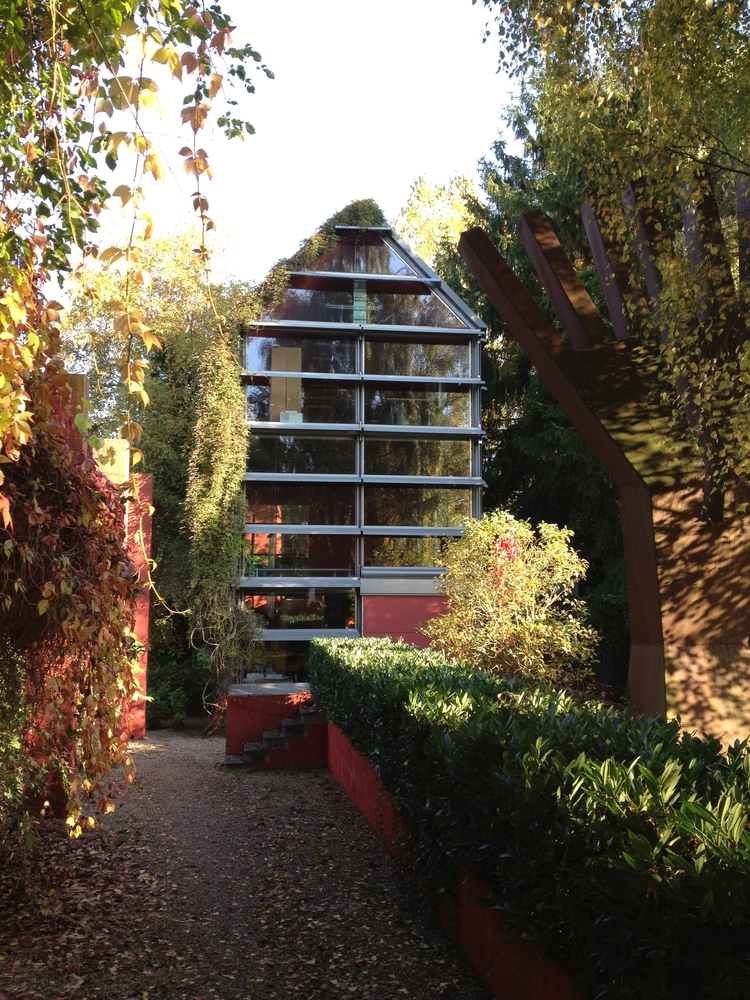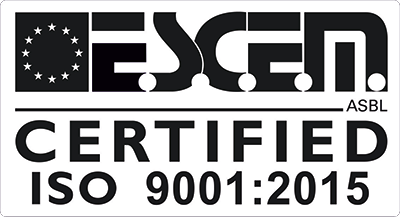open architecture
Since completing their studies in 1980 Hermann & Valentiny have had an office both in Luxembourg and Vienna. The period during which their teacher Wilhelm Holzbauer attributed to this pair a formal vocabulary that was marked by “a rich but also eloquent receptiveness to the spirit of the times” is long since past.1 Both have radically distanced themselves from their postmodern beginnings that catapulted them into the limelight at a very young age, and have developed further. In 1995 Amber Sayah attributed to them “a path of development from sculpturally modelled building volumes to a structural dissection, from a formerly closed architecture to an open one”.2
To put it more simply: after their rapid start they travelled a long path to arrive at their current understanding of architecture. A lengthy phase of reflection, “in which we learnt to reflect and to work out our fundamental principles” (HH), put an end to quick reactions to the zeitgeist. They acquired technical competence and developed a feeling for materials and the quality of detailing. Writing about their work in 2001 Liesbeth Waechter-Böhm referred to “a strategy based on dynamic motion at a reduced speed”.3
The wealth of projects that HVP have produced up to the present day confirms that they are much sought-after architects, and that there are no building commissions that they are not entrusted with. They have developed their own signature, which is shaped more strongly by materials than by form; they have remained faithful to their rejection of a world without colour and excitement and use strong accents to counteract it. As a whole their architecture has an expressive strength and is full of fantasy, both radical and sensitive at one and the same time.
1 In: Amber Sayah, Hermann & Valentiny, Callwey, Munich 1995, p. 6
2 In: Amber Sayah, Hermann & Valentiny, Callwey, Munich 1995, p. 7
3 In: Liesbeth Waechter-Böhm, Hermann & Valentiny. Jetzt | Now,


